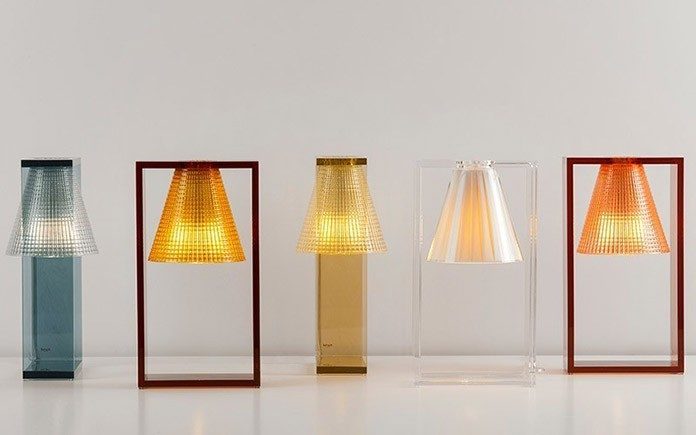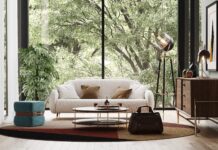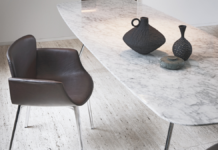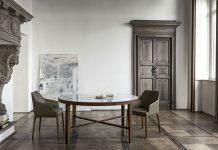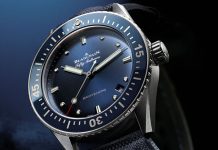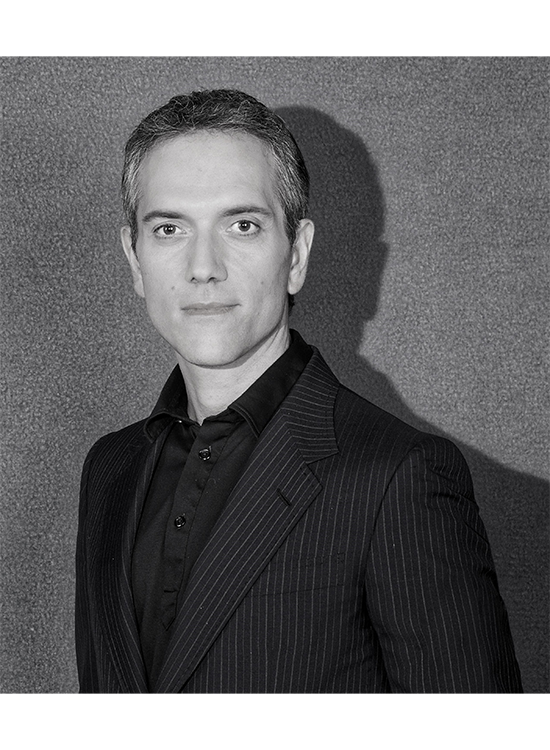Every year, MAISON&OBJET spotlights the most outstanding names on the international design and decor scene today. In January 2016, Catalan designer Eugeni Quitllet will receive the Designer of the Year award and will have the opportunity to showcase his work on a space entirely dedicated to him.
Since 2015, MAISON&OBJET has choosen one Designer of the Year for each show: two for MAISON&OBJET PARIS (January and September), one for MAISON&OBJET ASIA and one for MAISON&OBJET AMERICAS.
For MAISON&OBJET PARIS, each of these two designers must fit within the profile of each of the Paris shows, that is, a more product design-oriented profile in January and a designer more closely related to the world of interior architecture or decor for September.
For MAISON&OBJET ASIA, the Designer selected will be a renowned personality in the world of Asian creation representing the incredible richness and diversity of this vast area, which is becoming a major player in design creation and innovation, architecture and interior architecture.
For MAISON&OBJET AMERICAS, the personality will be chosen according to the same criteria as for MAISON&OBJET ASIA, with the overriding priority of providing an opening to both Americas, an ambition that forms an integral part of the DNA of MAISON&OBJET AMERICAS’s positioning.
Designer of the Year 2016
Eugeni Quitllet is a Catalan designer, who graduated from La Llotja Art School in Barcelona and readily describes himself as a “Disoñador,” a contraction of the Spanish words for designer and dreamer.
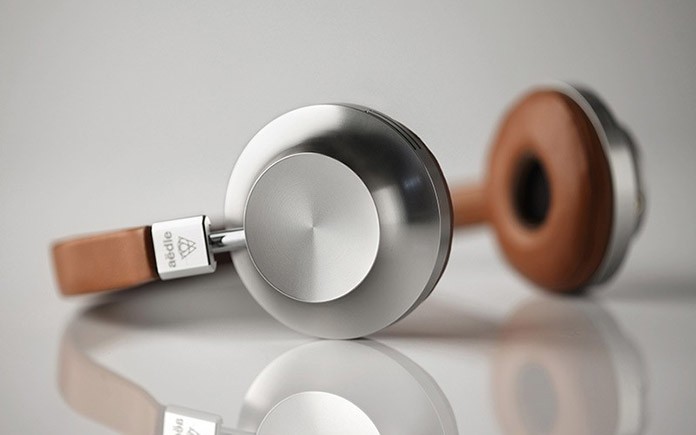
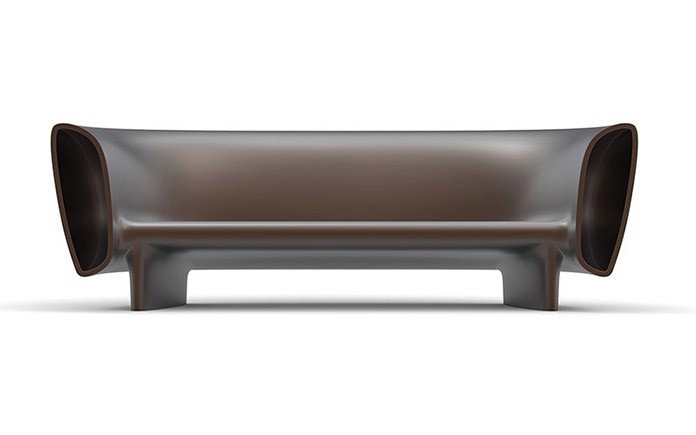
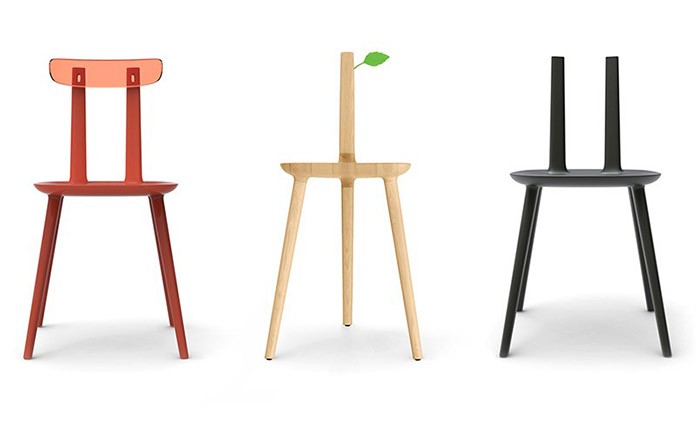
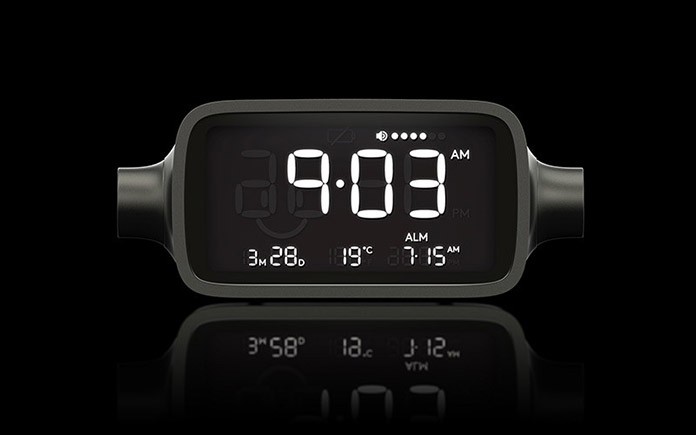
Born in 1972 in Ibiza, this industrial dreamer first witnessed a rural stretch of beach become an informal hub for ultra- modern electronic music, before growing up in Barcelona, a place of architectural divide where Gaudí’s organic outbursts fraternise with a rationalist marmoreal jewel designed by Mies van der Rohe — the Pavilion.
Now based in Barcelona, Eugeni Quittlet has quickly become a pioneer to watch to understand our ever-changing paradoxical age. Eugeni creates bestselling objects between drawings and sculptures, mastering fullness and voids to reveal elegant silhouettes hidden in the material. His creative vocabulary surpasses the simple relationship between function and style, introducing new objects to the contemporary design scene.
In 2011, Eugeni Quitllet designed the VK-1 headphones for French brand Aëdle, which has become a reference in the market of music accessories. The true DNA of headphones in a nutshell, the Catalan designer reviews the technical and emotional codes for mobility with Aëdle like a brief résumé of the history of music. Gracefully sleek, produced in fine, quietly nostalgic materials (leather and aluminium).
The Tabu chair is an explosion of life he imagined for Alias (2014), an idea that blossomed into a seat that synthesises nature and the robotics required for its digital sculpture.
In 2014, he imagined a collection of archetypal and luxurious cutlery for Christofle he called L’Âme. Adept at working at polar opposites, that collection echoes previous work he had made for IPI, for which he had created the Din-Amic collection in 2012, a series of disposable plastic dinnerware and cutlery to be used on Air France flights. Nothing out of the ordinary for someone who often claims: “As soon as we try to refine a form, we end up with a knife, whether it concerns a design for a boat or a skyscraper.”
For Vondom, Eugeni Quitllet designed in 2014 his first collection of outdoor furniture, Bum Bum. Showing organic and evolving lines, the seats are equipped with Bluetooth to play music: “like shells for listening to the sea.” A plastic collection in line with the designer’s strong relationship with this material, one of the best examples of which is Masters for Kartell, co-signed with Philippe Starck in 2009.
Bum Bum by Eugeni Quitllet for Vondom was born from the principle of not designing objects, but rather musical instruments to be used for another purpose; the same as a person who holds a shell to their ear to hear the ocean.
In 2015, the Tube chair for Mobles 114 and Dream-Air for Kartell embody the designer’s passion for weightlessness. The former with its tubular structure, which mixes the 20th century’s vocabulary of modern design, and the latter, which looks “like a scarf in the wind, a dream suspended in the air.”
The same year, he applied the same idea of lightness to create Cloud-io and Vase-o for Kartell, which take the shape of water droplets condensed to form a seat and a translucent vase. He also worked with Lexon and imagined the Dream Tool collection, a series of small flowing landscapes, where functions appear as if suspended in a frame. It has now become his signature concept, which he had already started to explore with the Light Air lamp (2011) and Shine vase (2013) for Kartell.
Eugeni Quitllet is also collaborating with French brand Designer Box to design an exclusive object, which will be sent to all subscribers in January 2016.
From object to space, Eugeni Quitllet is a design maestro with a unique vision for rethinking our surroundings with ever-evolving innovation.

